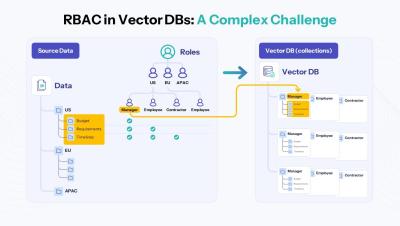Cybersecurity in the Age of AI: Exploring AI-Generated Cyber Attacks
Historically, cyber-attacks were labor-intensive, meticulously planned, and needed extensive manual research. However, with the advent of AI, threat actors have harnessed their capabilities to orchestrate attacks with exceptional efficiency and potency. This technological shift enables them to execute more sophisticated, harder-to-detect attacks at scale.











